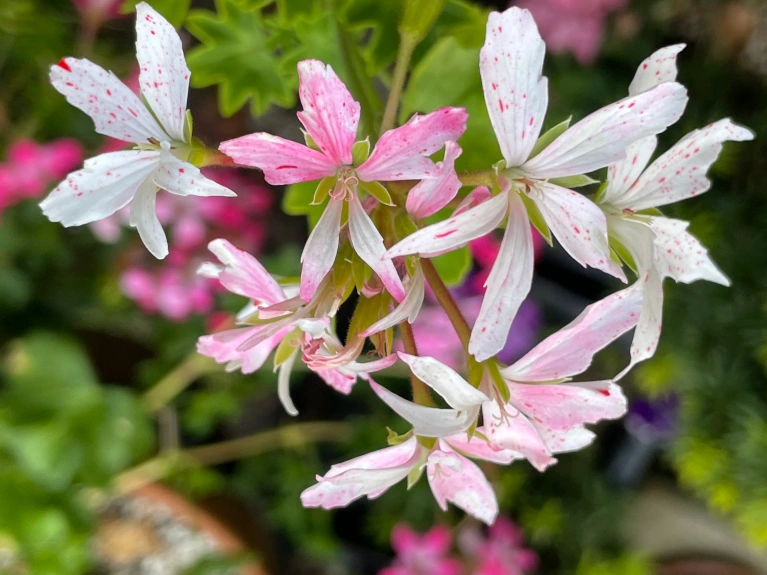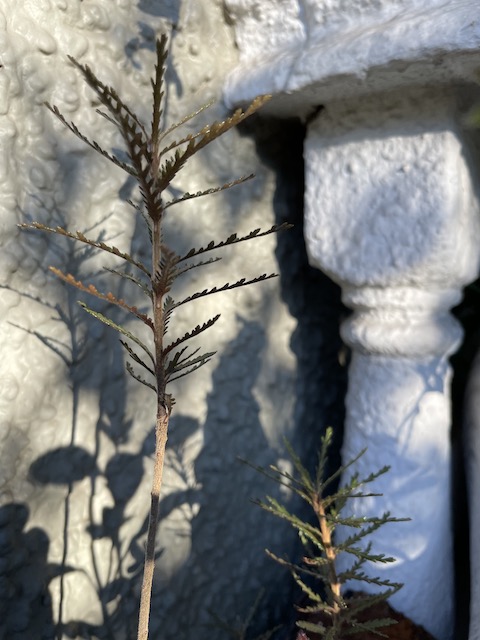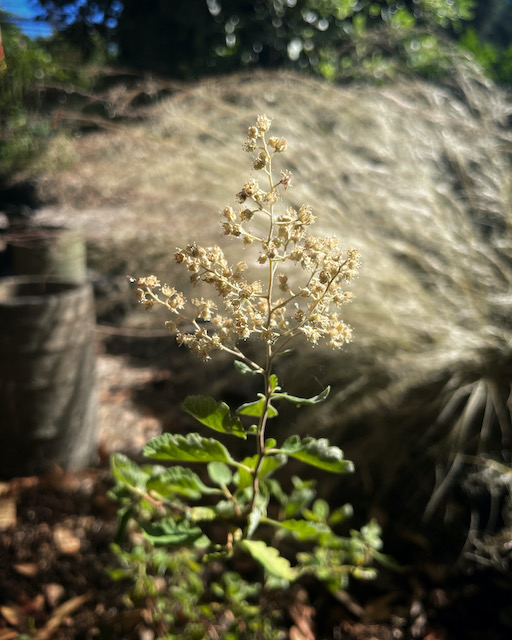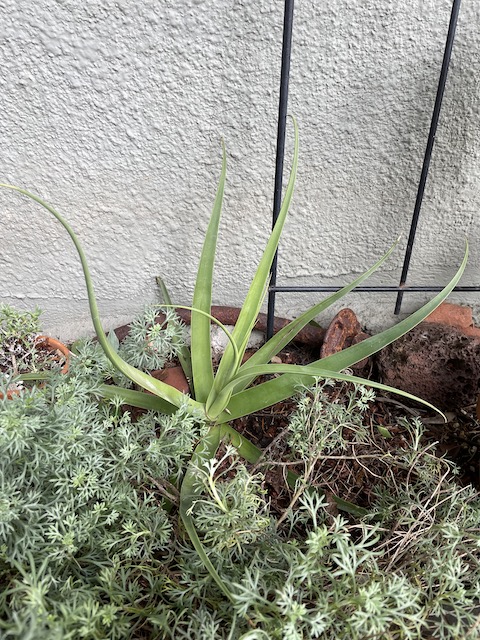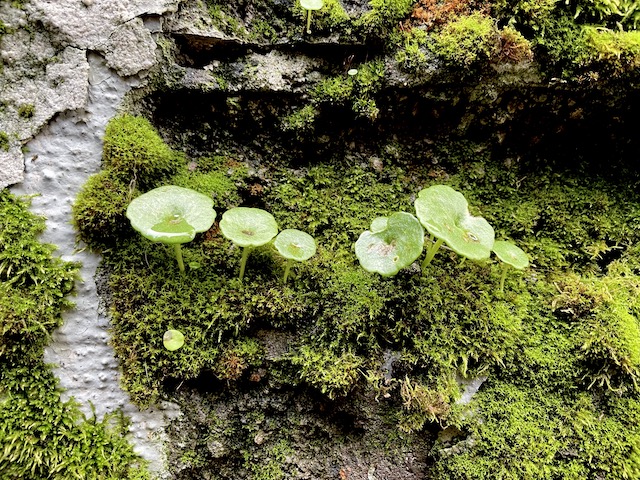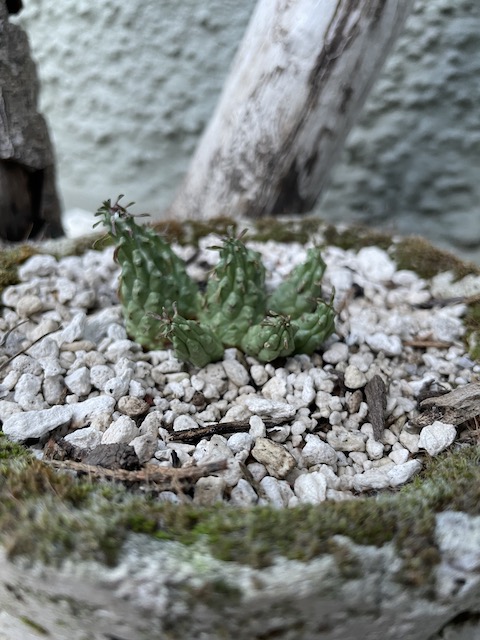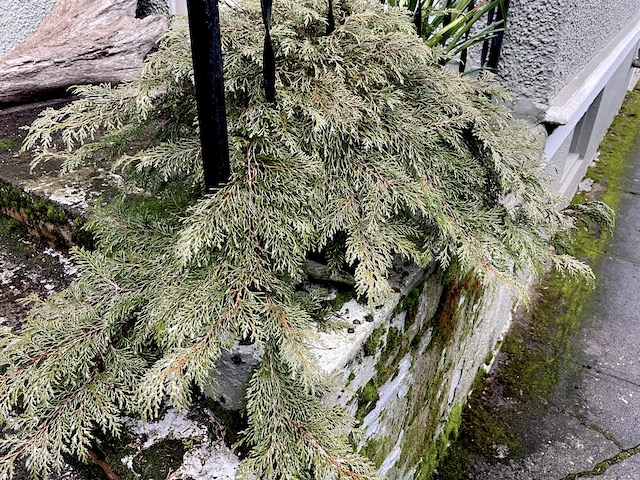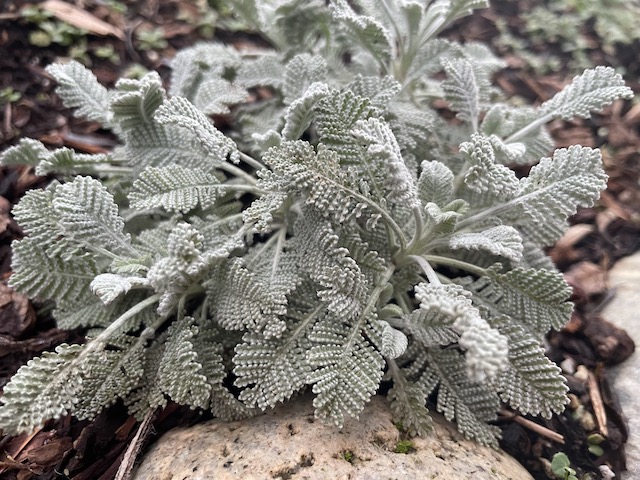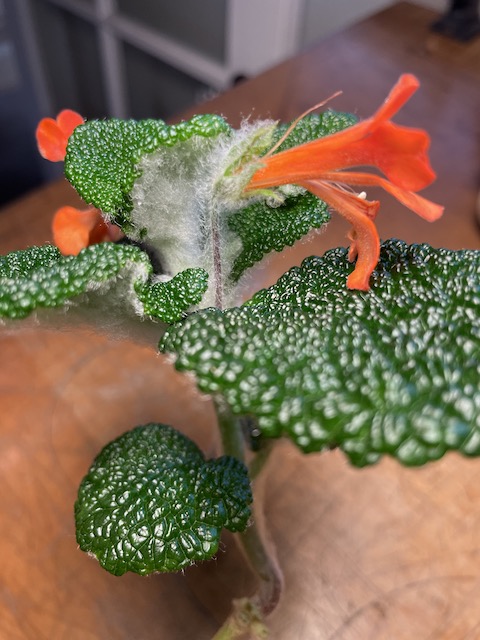Summer has been flying by but I have to say it’s been a beautiful one. This year the garden has been easy to love and I’ve really enjoyed it for the first time in a long time.

One: This climbing rose, introduced by Delbard in 1966, is a jaw dropper when it’s in bloom. Sadly, mine needs to struggle a bit in the small and not-so-fertile bed where it is forced to live, so it’s been growing slowly, but at least it continues to put out those incredible blooms.
Heralded as disease-free, so far it looks great to me.
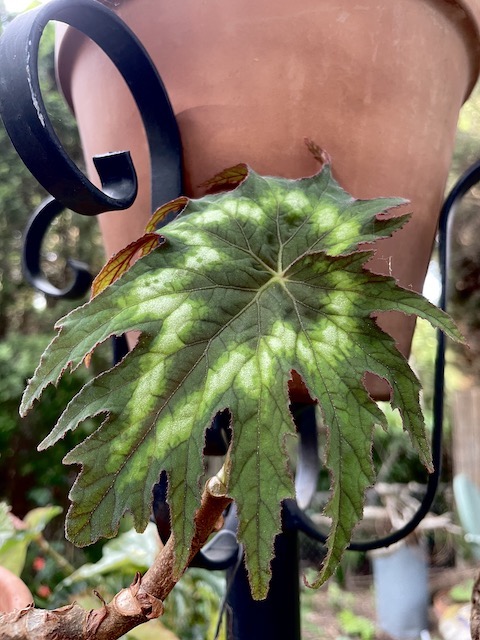
Two: As an act of kindness a year or two ago Theo decided to take me up to see Heronswood as a break from working so hard during the pandemic. It was great to see the garden, and it was even more fun to visit the home garden of Shayne Chandler. Long a fixture in the PNW, with his designs, and his public friendship with Dan Hinkley, it was nice just to spend a little bit of time talking to him.
And his garden, wow! (I don’t think I posted photos but maybe sometime soon I can get back up there and report here about it.)

Three: Last fall my close friend Evan had to move away from the garden they’d lived in for many years. It was the family home, and it was time to downsize. Instead of throwing in the towel and just saying “Whatever, I’m out of here,” they jumped into action with organized lists of plants for folks to dig, as well as their own rescue plan for what they’d be bringing to the city. One of the plants on the list I knew I wanted IMMEDIATELY was this fern. Grown from spore, I divided a batch of them at Cistus last year, and I knew I wanted one then. So finally, after many months, this one is in the ground!
Mission accomplished!!!
Four: It’s not breaking news to say I have a thing for abutilons… This is one I reencountered while helping to inventory which ones we had at Cistus. It’s a lovely one, with a sheen just like the best art glass, and purportedly hardy-ish, so of course you know I wanted to plant one in the garden this summer—and so I did.

Five: Not as many native plants this month, but I don’t think that’s a surprise. So many non-natives really shine as this time of the year.
Overall, so long as Aruncus dioicus is planted in the shade, you’ll easily be successful with it. Planted in swaths, it looks much better than this one does. We do have more of these at Secret Garden Growers so I’ll be adding a few friends soon.
Six: A regret about leaving a job like the one at Cistus is that I will always be sad about the plants I DIDN’T try while I worked there. (My garden is just not big enough for much more though, and I honestly could not afford to buy a lot.)
That thought is absurd though since I can always go back to look for them, or even try something else now that I’m a civilian shopper and no longer a talented and beloved team member. Before I put in my resignation—a thing I didn’t want to do but had to professionally since there was no pathway forward for me—I thought long and hard about fun stuff that I urgently wanted to try, and I was so happy that this was available.
Have I planted it yet? Well… that’s another story… ask me in a few more weeks.
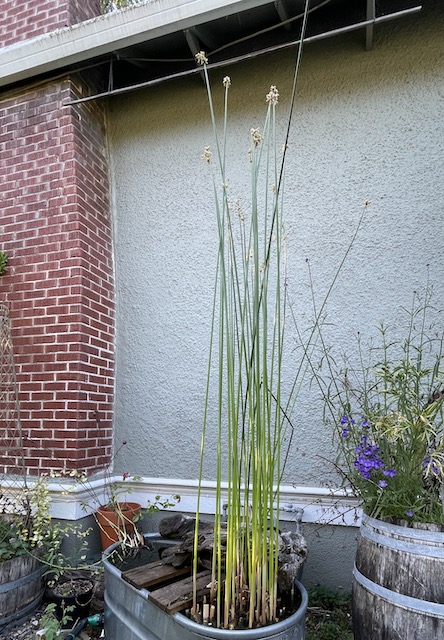
Seven: A few years back I purchased this stock tank to change things up a bit in the garden. Having grown up on a creek, and then having had a family home on a river, I love water. If I’m not near a body of water, I feel a bit off balance in some way. It’s a comfort to me. One of the interesting challenges though has been to make this work year round, and to include more native plants in the blasting sun.
Tule grass for the win!!! With that tall vertical appeal, I don’t know why more folks aren’t using it. Lots of insects are attracted to it too and while I rest in the hammock nearby I enjoy watching them buzz right by.
Eight: One of my many collections is of asparagus plants. I love the edible sort as well as the ornamental, and the family fascinates me too. This plant is a common ornamental one, but this year, it feels especially pretty displayed on this plant stand in the big container.
I enjoy that it adds humor and amuses me. Laughter therapy is good.
Nine: Years ago when I first started working at Cistus I was asked to go on a trip to Southern Oregon with Sean and Preston, another employee, and our mutual friends from England. It was during that trip I became more aware of this plant, one I’d seen before, but at that time I mistakenly thought it was some form of Holodiscus discolor instead of a whole different plant.
So, this my readers is Holodiscus dumosus, and it’s one I grew from seed. I grew a crop or two of these at Cistus Nursery but I can’t say for sure if any are available.
Be on the lookout for it though, and if you find one, plant it!
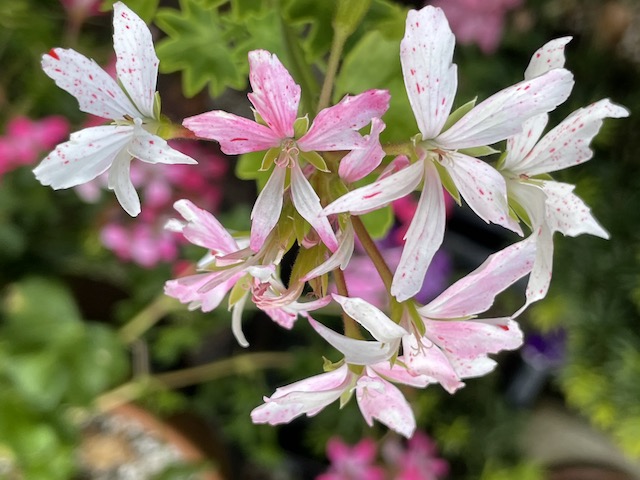
Ten: Pelargoniums are also mostly non-hardy plants I love but I don’t think they always love me back lol. Last year I was excited to buy this one from Geraniaceae. I LOVE the stellar forms. This one needs to grow a bit more yet, but I’m being patient with it.
The blooms were perfect, so I guess it was worth the hassle of waiting another year.
I’ve been slowly working on the site again over at Spiffy Seeds.
If you have any extra special seeds from your garden that you’d like to send me to include in my shop, I’d be grateful and can likely trade with you for something else. Just send an email to: ann@amateurbotannist.com
I’ll be posting about seed-related topics there too from time to time on the Journal page. You can read my most recent post here: Seeds Matter to Me
